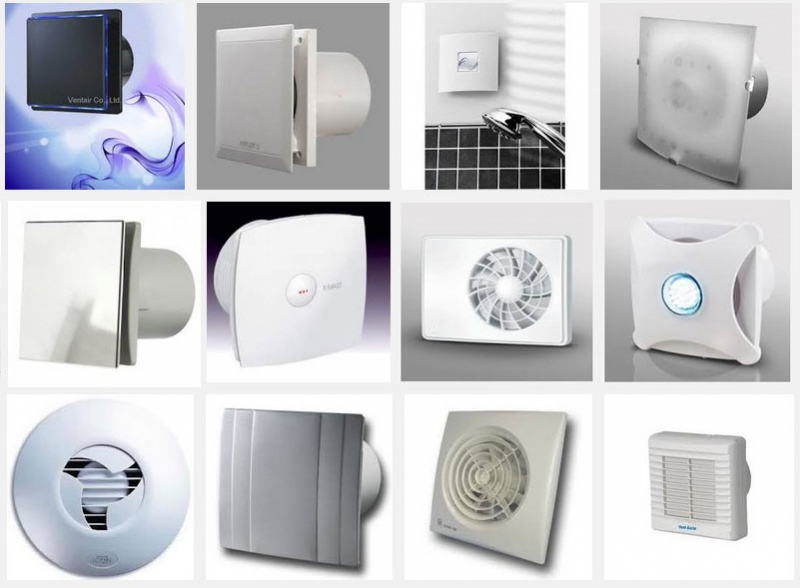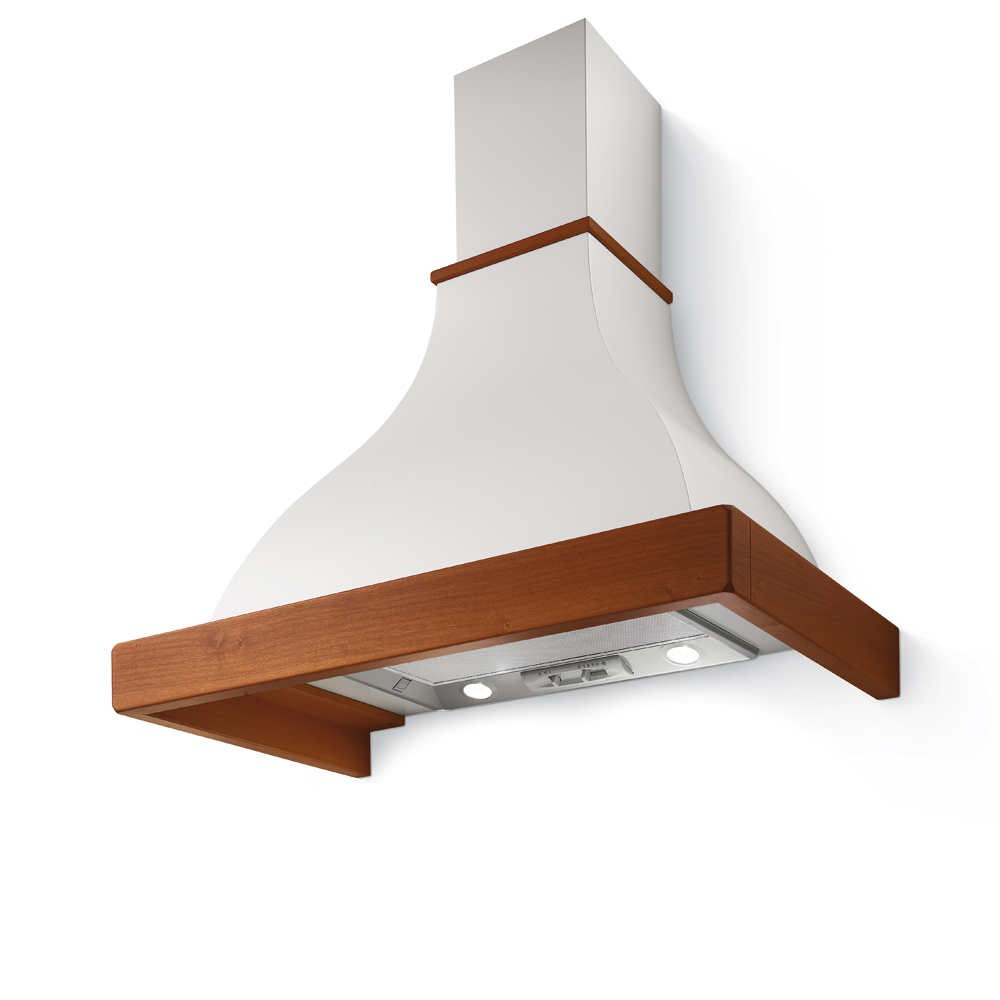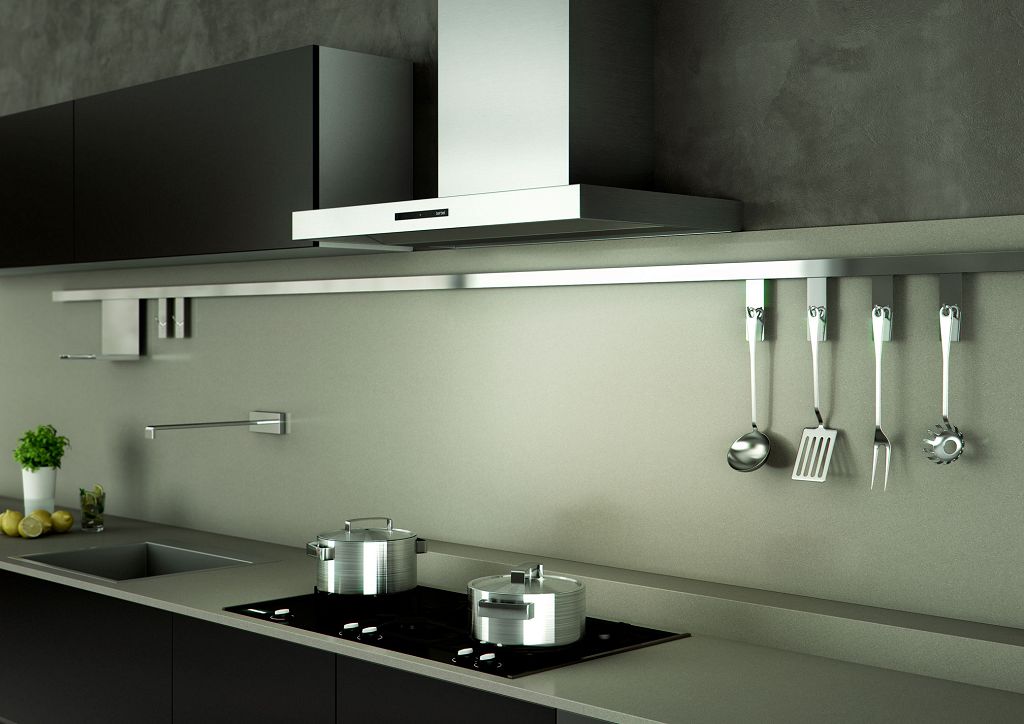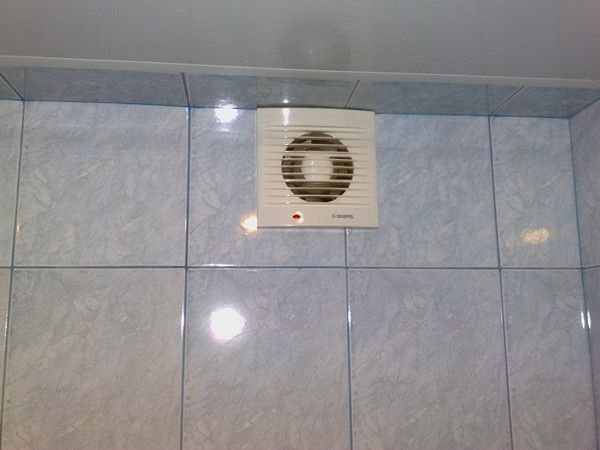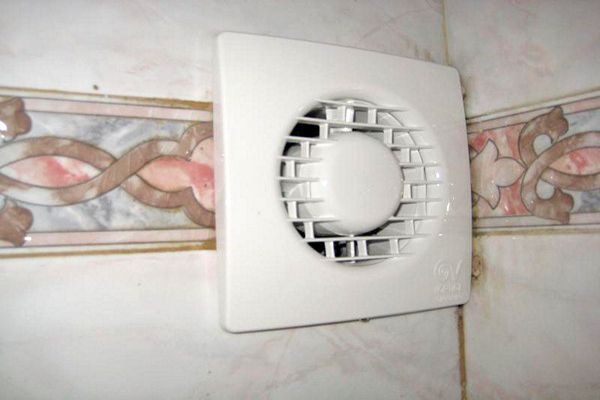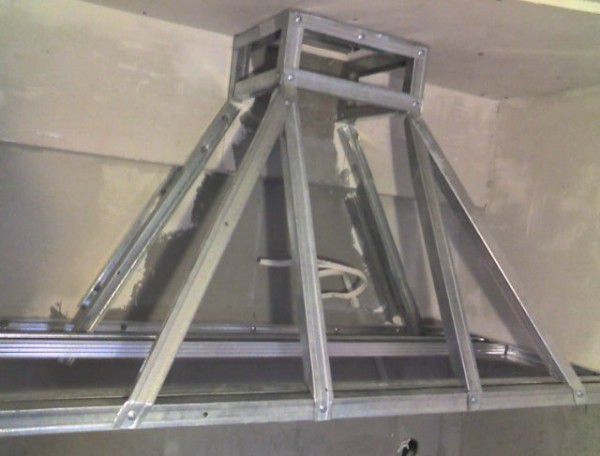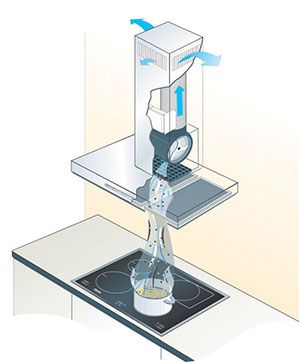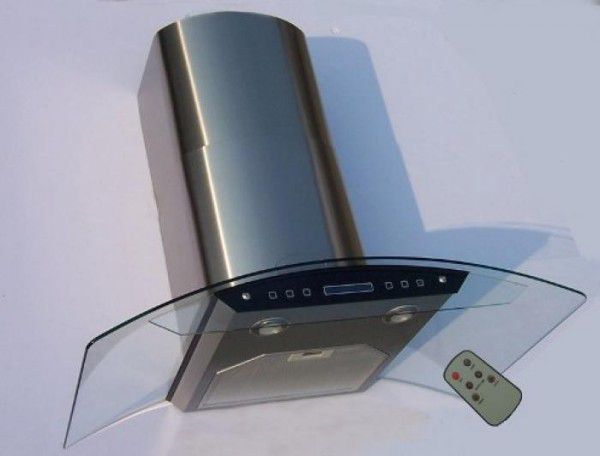The hood in the kitchen is very important. The ventilation system provides exhaust air to the outside or purifies it using special filters. In order for the entire system to work properly and in full force, it is necessary to pay attention not only to the choice of the hood itself, but also to mount the pipeline in accordance with the rules.
Main characteristics of the duct and its location
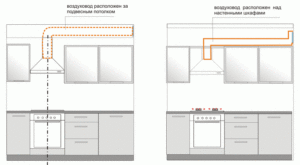
It depends on which hood is chosen and what the device of the exhaust duct will be. The ventilation system can be outdoors or not. If the hood involves the outlet of air to the street, it is necessary to carry out the installation of a pipe for the hood in the kitchen.
When planning the arrangement of furniture, it is worth considering some rules for the location of the plate. This will be directly related to the device of the pipe for the hood in the kitchen. First of all, it is important to remember that the stove should not be placed against the wall of the opposite ventilation shaft. This is because the exhaust pipe will be too long.
Each extra meter of ventilation duct reduces system performance by 10%.
Today, a kitchen exhaust pipe can be made of various materials. Moreover, they can be plastic or corrugated. Each exhaust pipe has certain features that you should know about before purchasing all the components.
Characteristics of plastic pipes for exhaust
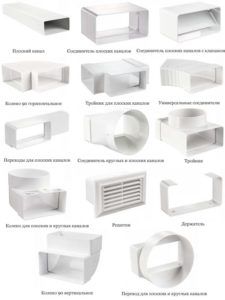
Plastic or PVC pipes can be square or round in cross section. Exhaust pipes with a circular cross-section are distinguished by the lowest resistance, and therefore are more popular. At the same time, it is much easier to work with square products, in addition, they look much more aesthetically pleasing. Such exhaust pipes for the kitchen can be easily positioned near the wall.
When carrying out the device of the ventilation system from plastic pipes, special attention should be paid to the connection points. All joints must be properly insulated, this will prevent the penetration of exhaust air into the premises. And also air masses without obstacles will pass through the channel and go out on the roof or in another place where the ventilation shaft is removed. Special adapters can be used to connect the elements.
In order to select all the sizes correctly, all the components are best purchased at the same time.
Flat plastic pipes for the hood have a number of undeniable advantages that distinguish it favorably from other materials. No noise is generated during the operation of the hood and the passage of air masses. The whole system is fairly quiet. The perfectly flat surface of PVC products does not create any resistance during the passage of air. Plastic-type kitchen hood pipes, unlike corrugations, do not become clogged with debris and do not accumulate fat deposits on the surface.
Features of the use of corrugated pipe
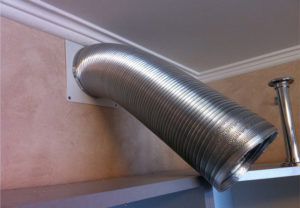
Today, a corrugated exhaust pipe is also often found in kitchens. This metal product has a circular cross-section. That is why when buying such a pipe, you should immediately purchase an adapter that will allow you to connect to a rectangular ventilation shaft.The corrugation is very easy to install, and all work can be done in a few hours. In order to secure the exhaust pipe, it is necessary to use special clamps, which are tightened with bolts.
The advantages of a pipe for a corrugated type hood include several points. First of all, the ability of a kitchen chimney of this type to stretch by a significant amount. The use of such a pipe makes it possible to minimize the number of sharp bends, which will not damage the performance of the entire system. The cost of corrugation is several times lower than plastic options and PVC products, which is very appreciated by buyers. An exhaust pipe of this type can be used with a larger diameter than the opening of the ventilation duct that leads to the roof. In this case, it is worth choosing the correct size of the adapter.
How to choose the right exhaust pipe diameter
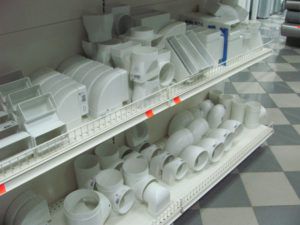
When choosing pipes for an exhaust system device, you should pay attention not only to the material from which they are made, but also to the dimensions.
The diameter of the hood should not be less than the outlet of the ventilation shaft that leads to the roof.
If you buy a pipe of a smaller diameter, then the performance of the entire exhaust system will significantly decrease, since additional resistance will arise and the air will be much worse removed to the outside. It is most correct if the diameter of the duct pipe and the opening of the ventilation shaft coincide.
In addition to the pipe diameter, it is very important to take into account the bending points. If adapters are used, they must create an obtuse angle. When the pipe is bent 90 degrees, the air will also be discharged outside with some difficulty. In some cases, reverse thrust is also possible. In order to prevent the occurrence of such an effect, in some cases the ventilation system is equipped with special valves. They prevent the passage of air masses back into the kitchen.
In order to perform all the work on the installation of the ventilation duct correctly, it is worthwhile to first prepare drawings for yourself. On them, you need to mark all the places of bends and calculate the possible loss of performance.
Each 90 degree bend reduces system performance by 10%.
Options for how to hide the ventilation pipe
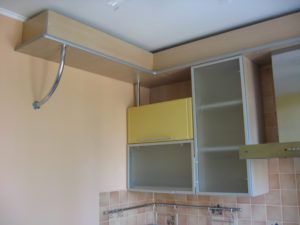
In order to bring the air out of the room to the roof through the ventilation system, it is worthwhile to arrange a channel from the hood to the opening of the ventilation shaft. For this purpose, pipes of various types can be used - plastic or corrugated. Regardless of the type, the end result is a rather massive structure that does not always harmoniously fit into the overall kitchen interior.
Today it is quite simple to solve such a problem. To do this, you can use various options. The most common is the use of a plastic box, which is designed specifically for this. Such a box can be located on any part of the wall - under the ceiling, above kitchen furniture, etc. The exhaust pipe can also be hidden under drywall. To do this, it will be necessary to perform a metal profile frame, which will subsequently be sewn up with gypsum board. This method is justified in the event that ventilation is laid even at the stage of repair work. Thus, it can be hidden, and the plasterboard structure can be used as a decorative part of the interior. Additionally, a box of this type can be equipped with lighting fixtures.
Before masking the entire ventilation system, it is imperative to check it in operation, this will eliminate exhaust air leaks and other unpleasant moments. By eliminating such defects, you can safely hide the exhaust pipes in any way and not worry about the performance of the entire system as a whole.Having completed all the work correctly, you can not only provide constantly clean air in the room, but also an attractive appearance.

